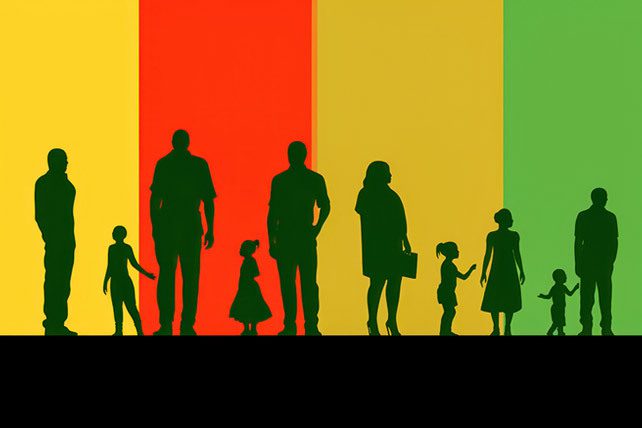Church Planting and Growth
After Juneteenth African Americans utilized their freedom to establish religious independence and create churches for black men and women. Historian Joe M. Richardson explains the zeal among newly freed slaves claiming, “long desiring religious freedom and repelled by discrimination in white churches, blacks after emancipation quickly began to renounce their old religious connections and form churches of their own.”7 As a result, Black churches sprang up quickly and frequently. Historian Paul Harvey notes, “After the war, independent churches and denominational organizations sprang up quickly in black communities, including thousands of small local congregations and major national organizations.”8 African American church membership grew from 2.6 million to 3.6 million between 1890 and 1906, most belonging to newly formed Black churches.
By 1906, the National Baptist Convention, a nationwide organization of black Baptists that had been created in 1895, claimed more than two million attendants, which was 61 % of all black churchgoers.9 Beginning in 1896, Charles Harrison Mason, a COGIC preacher, began drawing large crowds to his holiness services and eventually worked with Charles P. Jones, and W.S. Pleasant to create the COGIC denomination, which embodied an intense desire for the mission field.10
Why Do We Commemorate?
Enslaved people marched out of slavery with feet walking towards their people, mouths proclaiming the Gospel, hands committed to working towards physical liberation, and eyes towards the coming Kingdom. Convinced that their God was a God of liberation and eager to spread their Christian faith, African Americans spread the Gospel and caused significant growth in Black churches in America and missionary work domestically and abroad. So, we commemorate Juneteenth because we rejoice in the liberation of Black enslaved people and acknowledge the example set before us by African American Christians to steward our liberation to fulfill the Church’s mission.
7 Joe M. Richardson, “Christian Reconstruction: The American Missionary Association and Southern Blacks, 1861-1890” (Georgia: University of Georgia Press, 1986), 143.
8 Paul Harvey, “Through the Storm Through the Night: A History of African American Christianity” (New York: Rowman and Littlefield Publishers, 2011), 69.
9 Ibid., 72.
10 Anne H. Pinn and Anthony B. Pinn, “Fortress Introduction to Black Church History” (Minneapolis: Fortress Press, 2002), 113.

